The Nazare Funicular first opened in 1889, as a way to transport goods and people between the town center and the upper neighborhood of Sitio. At the time, the town was isolated from the rest of Portugal and had few transportation options. The funicular, with its steam-powered engine and wooden cabins, was a revolutionary invention that made it easier for locals and tourists alike to move up and down the steep hill.
As the popularity of the funicular grew, it became a symbol of Nazare's history and culture. The wooden cabins were adorned with colorful paintings and intricate carvings, showcasing the town's artistic heritage. The funicular also became a popular subject for artists and photographers, who were drawn to its unique design and scenic views.
Over the years, the funicular has undergone several upgrades and renovations to modernize its infrastructure and improve its safety. In 1932, the original steam engine was replaced by an electric motor, and the cabins were updated with a more comfortable design. These upgrades made the funicular more efficient and reliable, allowing it to transport more people and goods than ever before.
In 2014, the funicular was closed for major maintenance works, which included the replacement of the cables, the installation of new cabins with air conditioning and panoramic windows, and the renovation of the upper and lower stations. These renovations not only improved the safety and comfort of the funicular, but also enhanced the overall experience for visitors. The new cabins provided stunning views of the town and the ocean, while the renovated stations featured interactive exhibits and displays about the history of the funicular.
Today, the Nazare Funicular remains a beloved attraction for locals and tourists alike. It continues to transport people and goods up and down the steep hill, while also serving as a testament to the town's rich history and culture. Whether you're a history buff, an art lover, or simply looking for a unique way to explore Nazare, the funicular is a must-see destination that will transport you back in time.
The Atlantic Ocean is a vast and mysterious body of water, full of life and secrets. It has been the subject of countless stories, myths, and legends throughout history, and has inspired artists, writers, and adventurers from all over the world. As you gaze at the ocean from the funicular, you'll feel a sense of wonder and awe, and perhaps even a touch of fear, at the thought of what lies beneath the surface.
Nazare is a town that has preserved its traditional way of life, despite the influx of tourists in recent years. You'll see fishermen mending their nets on the beach, women in colorful skirts selling dried fish and other local products, and children playing in the streets. The town has a relaxed and friendly atmosphere, and you'll feel welcome wherever you go.
So how does the funicular work, exactly? The funicular consists of two cars, each of which is connected to a cable that runs up and down the hill. The cars are counterbalanced, which means that as one goes up, the other goes down, and vice versa. The cable is driven by an electric motor, which pulls the cars along the track. The cars are designed to remain level, regardless of the incline of the track, which ensures a smooth and safe ride.
Safety Measures and Precautions
The funicular is equipped with several safety measures and precautions to ensure the safety of its passengers. Each car has an emergency brake and a communication system that connects it to the station attendant. The cars are inspected daily for any signs of wear and tear, and the cables are tested regularly for strength and stability. The upper and lower stations have clear signage and instructions for passengers, as well as wheelchair ramps and other accessibility features.
The funicular operates daily from 7 am to midnight, with a frequency of approximately 15 minutes during peak season. During the low season, the operating hours and frequency may be reduced. It's advisable to check the official website or the station office for the latest updates and schedules.
Ticket Prices and Discounts
The funicular ticket prices vary depending on the season and the type of pass you choose. A single trip costs €3,50 for an adult and €2,50 for a child (4-10 years old). A round trip costs €6,50 for an adult and €4,50 for a child. There are also discounts for groups, students, seniors, and disabled visitors. The tickets can be purchased at the station office, the vending machines, or online.
Accessibility and Special Needs
The funicular is accessible to wheelchair users, but it's advisable to notify the station attendant in advance so that they can assist you. The upper station has a viewing platform with a panoramic view for disabled visitors. The cabins are air-conditioned and have ample seating space for all passengers. Pets are not allowed on the funicular, except for guide dogs.
If you're a history buff, don't miss the opportunity to visit the Lighthouse and Fort of São Miguel Arcanjo, which overlooks the town and the ocean. The fort was built in the 16th century to defend the coast from pirates and was later used as a prison and a military outpost. The lighthouse, which was added in the 19th century, is still in use and can be climbed for a panoramic view of the surroundings.
We found a wonderful sidewalk cafe that served Monkfish Rice! It was delicious!
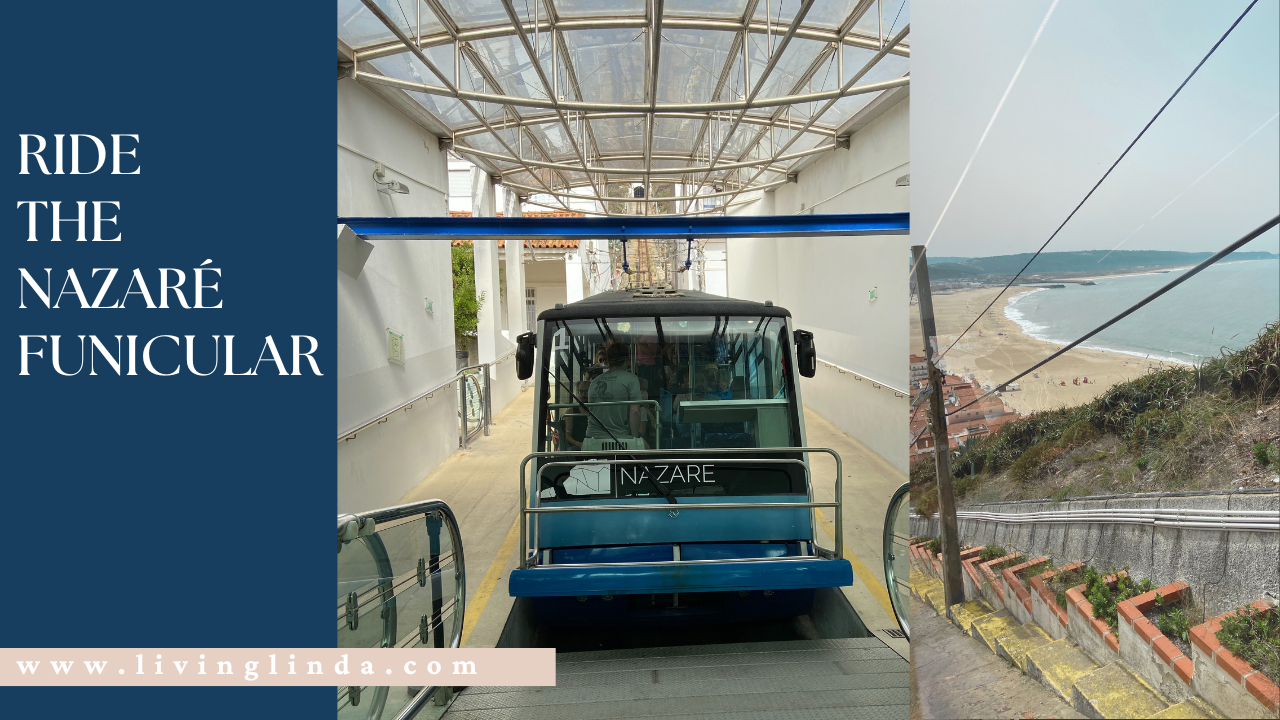
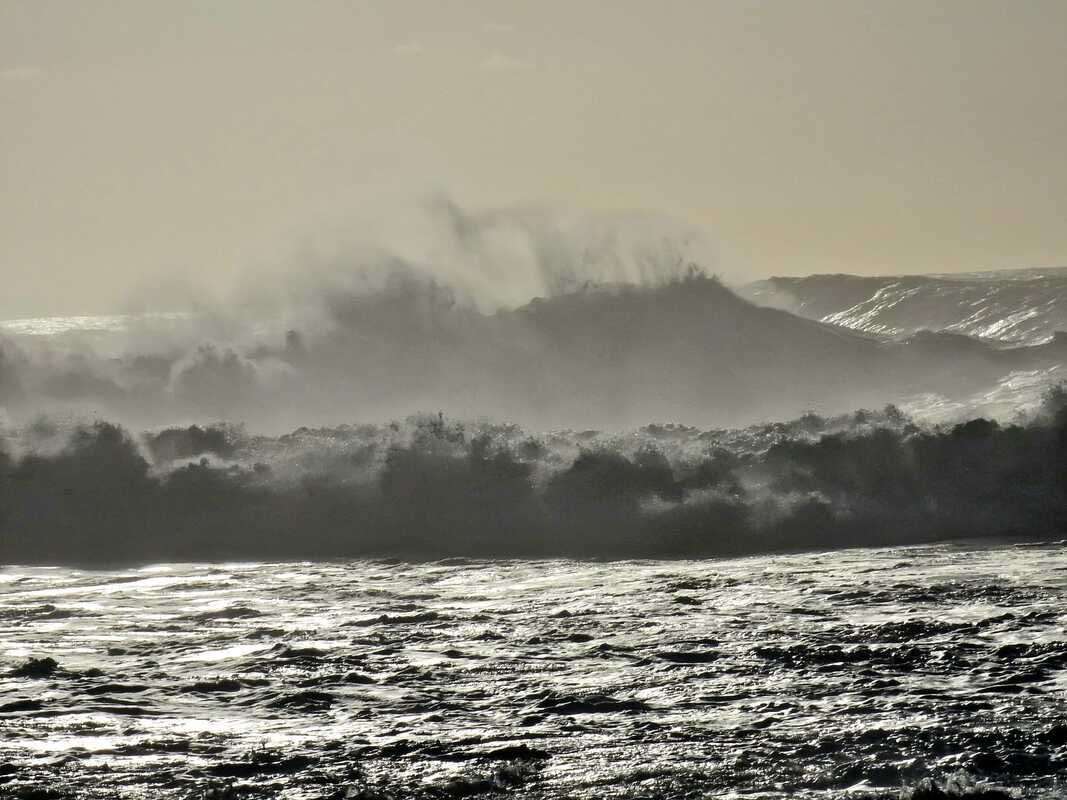
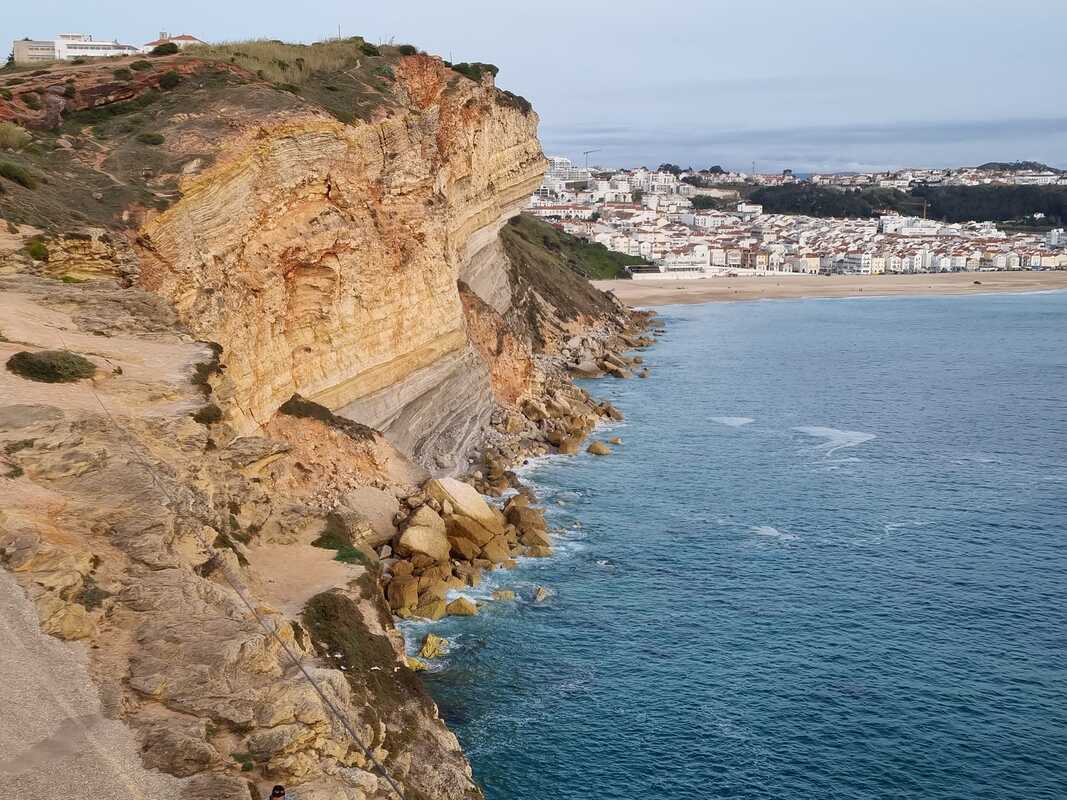

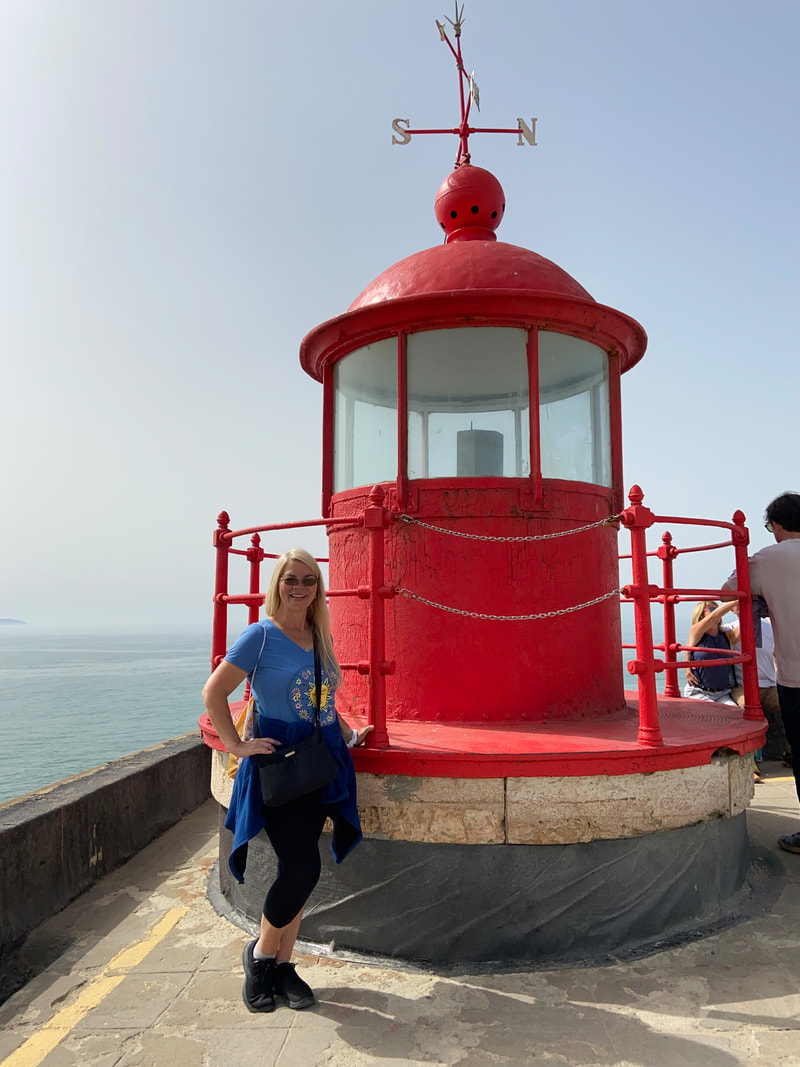
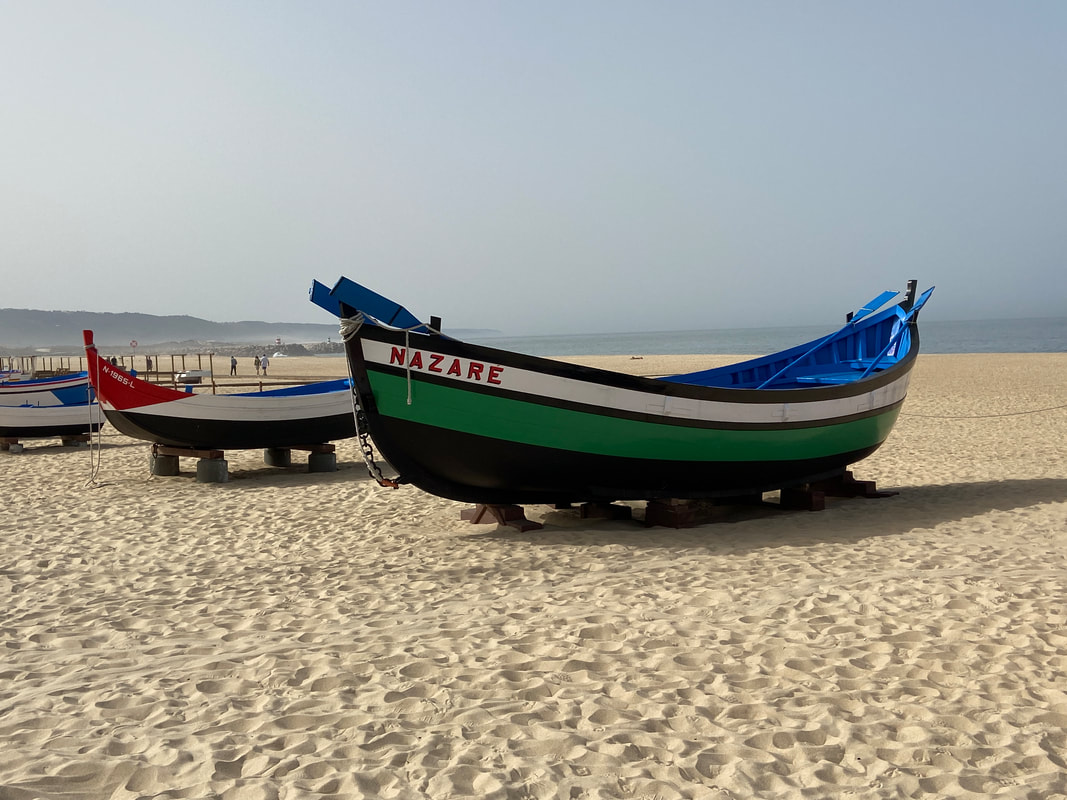
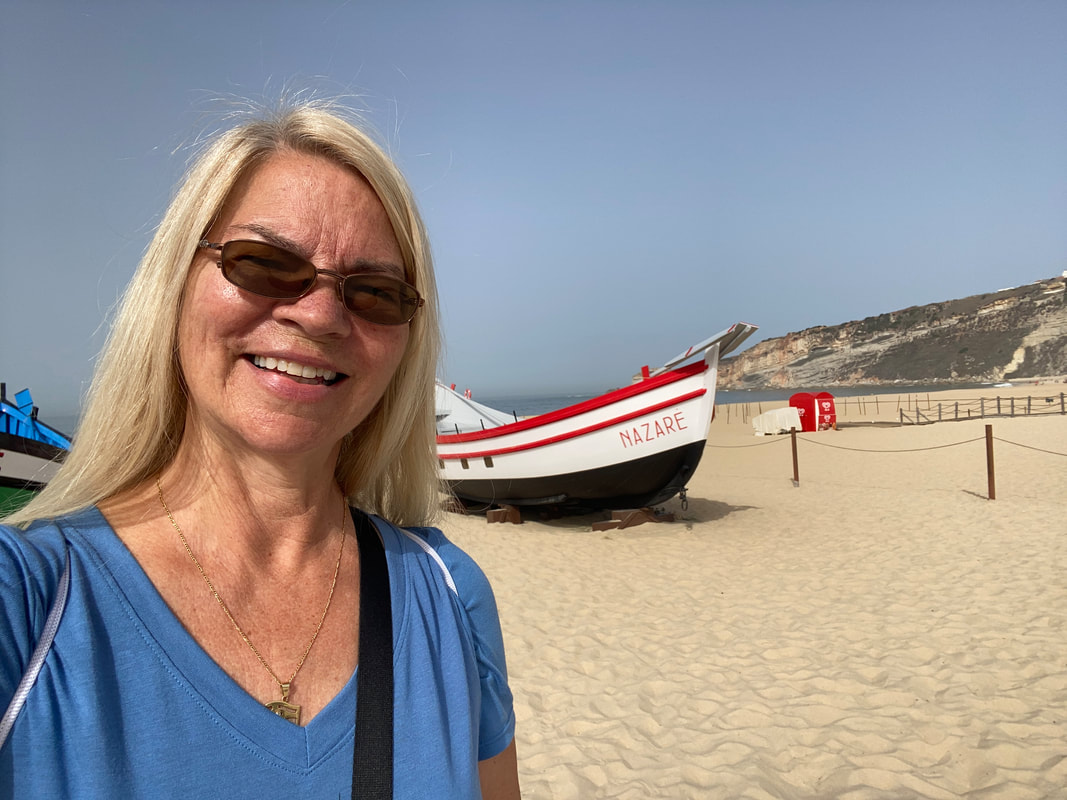
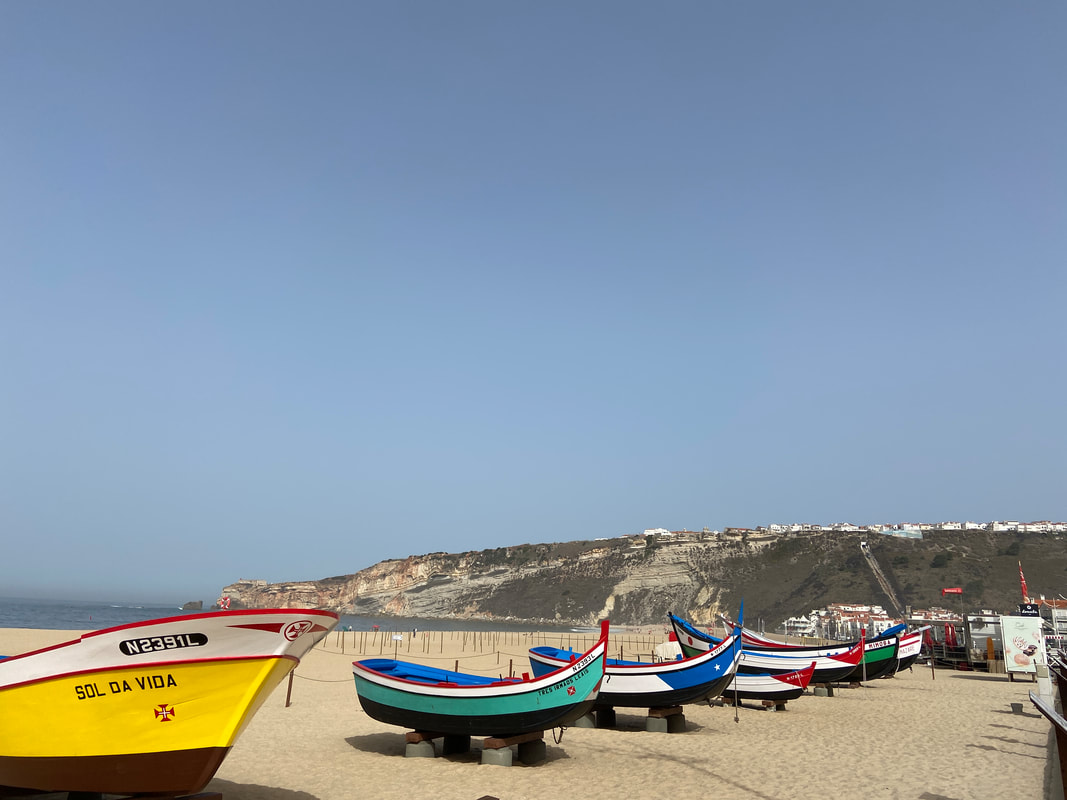



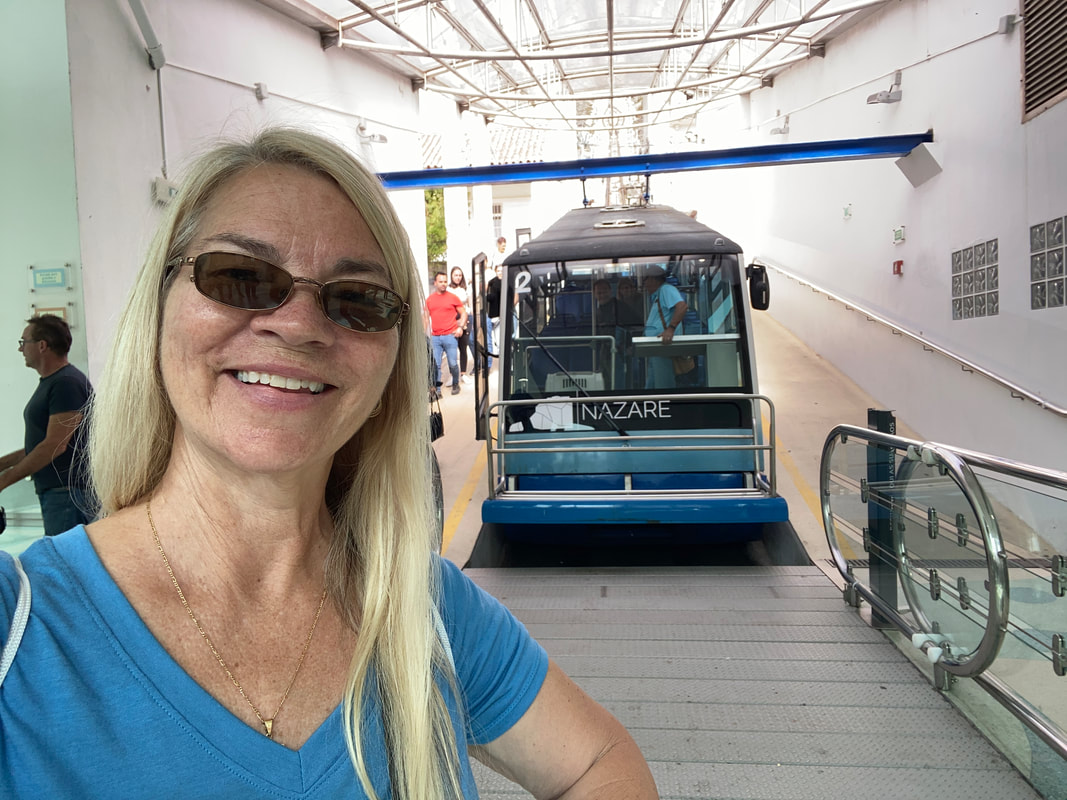







 RSS Feed
RSS Feed